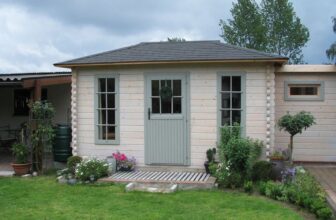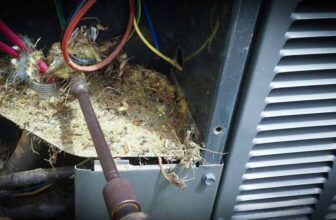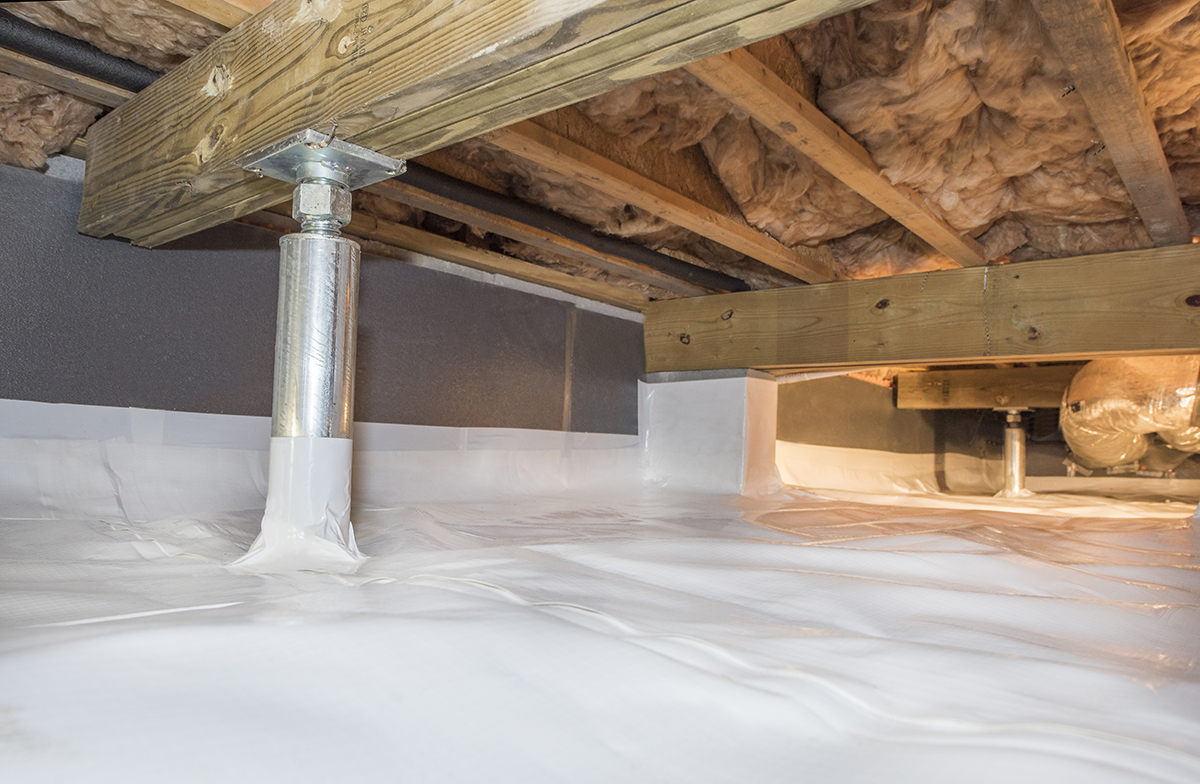
Damp earth may imply a cold floor and this can also affect the air quality in a house. Many houses have crawl spaces that act as buffer zones between a house’s flooring and the damp earth. However, if the crawl spaces aren’t controlled, a house may still be affected by the earth’s wetness, humidity, and other elements. To avoid this inconvenience, building experts recommend crawl space encapsulation (CSE) as a solution.
Table of Contents
What is Crawl Space Encapsulation?
Crawl space encapsulation is the process of sealing off the crawl space from the effects of the earth and environmental changes. Essentially, the name encapsulation is derived from the name capsule, implying that a membrane is used to seal off space.
In this case, the crawl space encapsulation membrane used in swimming pools to prevent leaks. The membrane is oftentimes made of heavy-duty polyethylene materials and is designed to completely cover crawl space. Depending on the encapsulation expert’s advice, one may need to have the floors covered, the foundation walls and at other times, its ceiling as well.
Crawl Space Encapsulation Process
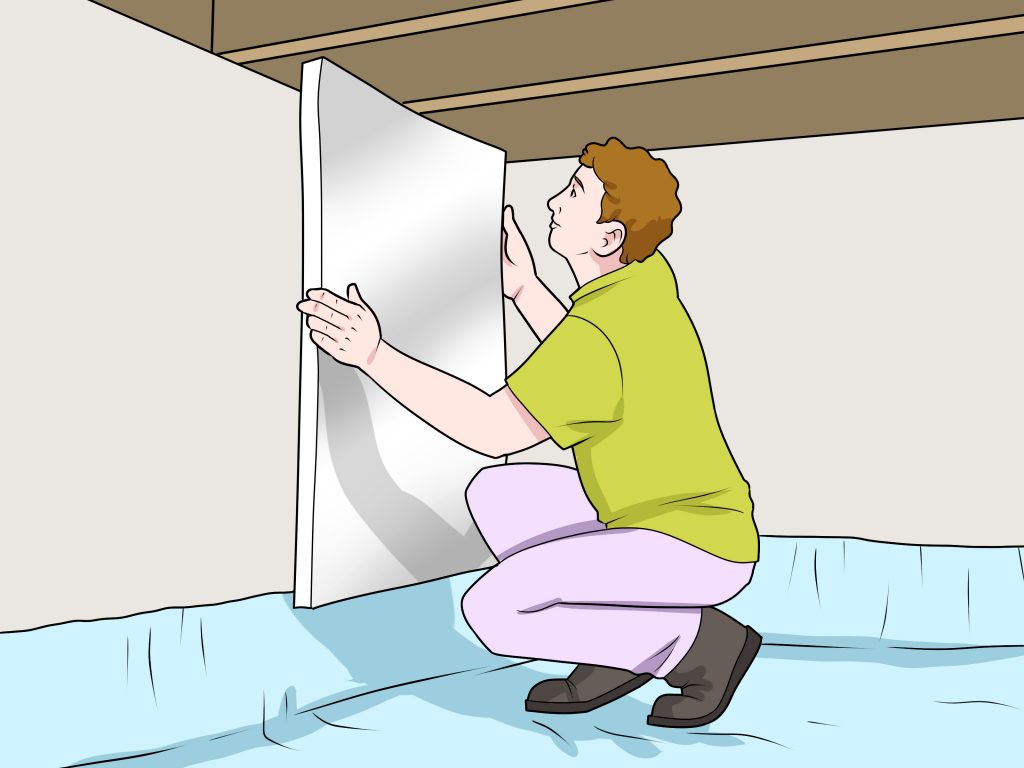
img source: wikihow.com
Many people tend to ask whether it’s possible for a non-expert to do the encapsulation. Well, the honest answer to that is; it is entirely possible, but there might be a long-term risk.
When not done correctly, crawl space encapsulation can create further complications in the house. According to the professionals at www.sedonawaterproofing.com, the problem with poor encapsulation techniques is that the barrier can leak during wet weather, forming a breeding site for pests, or even increase the rate at which the building’s structure deteriorates because of humidity and wetness.
Even though each encapsulation project is unique and may be treated differently, below is the general procedure used in most cases:
Step 1: Assess & prepare
The first step in CSE involves assessing the space to determine whether it can be encapsulated as it is or some form of modification is required beforehand. Normally, this would involve testing humidity levels that have infiltrated the floor’s crossbeams, checking the damage in piers, vents, and foundation walls. Additionally, it may involve looking out for any form of fungi and microbial organisms in space.
This stage is crucial as it may determine whether the structure becomes better or worse under the barrier. In most cases, this assessment is best left to the experts.
Step 2: Install vapor barrier
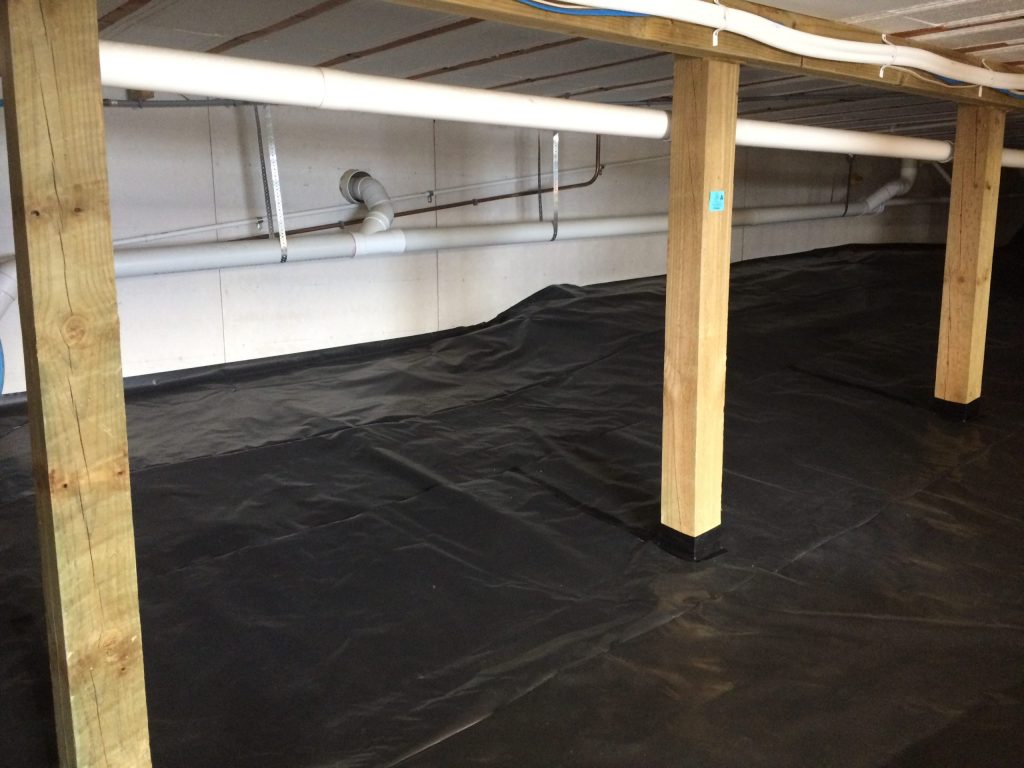
img source: ecodesignadvisor.org.nz
The second step would normally involve removing mildew and mold if any. However, if there is none, the next step would involve the installation of a plastic vapor barrier on the foundation’s walls.
As a rule of thumb, use transparent polythene. The best plastic to use in this case is polyethylene that is reinforced with scrim as it lasts much longer. When installing the plastic, start about 3 inches (ca. 8 cm) from the top, pinning it with a hilt gun, and then fasten the rest of the polythene down with a strong adhesive.
Step 3: Insulate
After the polythene is fastened to waterproof the foundations, the next step would entail, sealing air leaks, insulating the walls, as well as covering up any air leaks in the band joints and the left out parts during the vapor-barrier installation. In this case, one can use foam-board products, spray foam, or fiberglass.
Step 4: Sealing & insulating the door
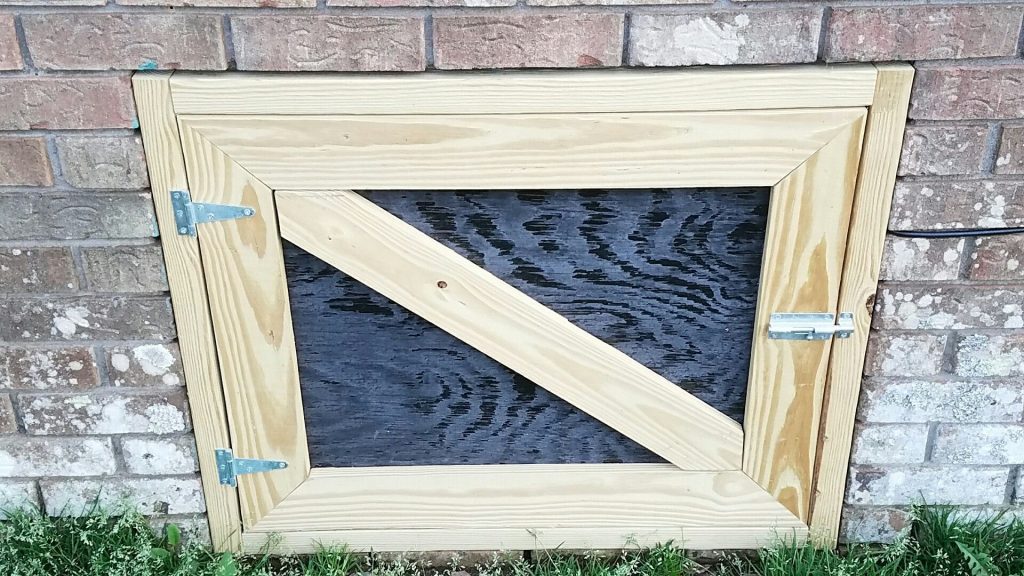
img source: pinterest.com
The aim of performing encapsulation is to shield the crawl space from environmental factors. This implies making the area airtight, on the other hand, this isn’t possible if when crawl space’s doors are not insulated. An expert in crawl spaces can determine the best way of insulating the door without altering its performance. Similarly, at times, making a second door can be a plausible solution depending on the situation at hand.
Step 5: Condition the air
Once everything is done the last step may involve installing a stand-alone dehumidifier. Alternatively, one can splash in some conditioned air from the cooling and heating system. Nonetheless, installing a dehumidifier may be the best alternative since it keeps the humidity in check.
So, What Are The Benefits of Crawl Space Encapsulation
Prevent mold from creeping into your house
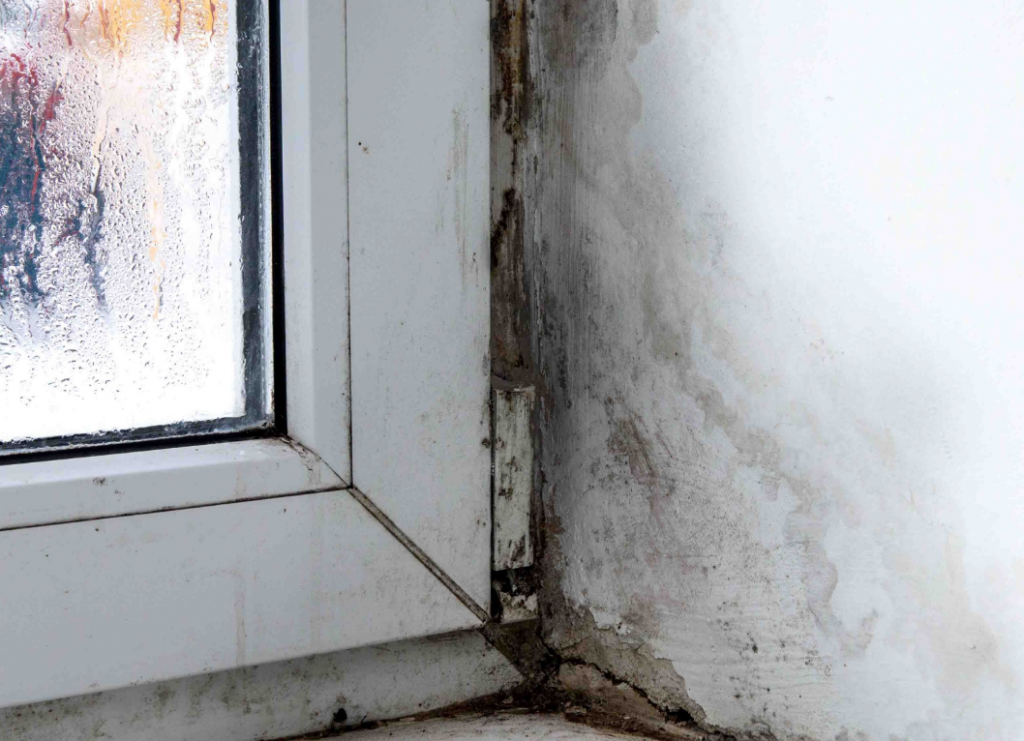
img source: treehugger.com
Many homeowners have to battle with the problem of humidity. Nonetheless, with crawl space encapsulation, most moisture issues can be eliminated significantly. This consequently protects a home from mildew and mold eating away into your house’s foundation.
Reduce energy costs
When factoring in the costs against the gains, it’s important to understand that the sealing process can work in one’s favor by reducing the overall heating and cooling costs over the house. Maybe you might not know this but the humidity underneath your house may be contributing to the extra coldness in your house. However, crawl space encapsulation acts as a blanket that shelters the house from the ground’s temperatures.
Convert the crawl space to a storage space
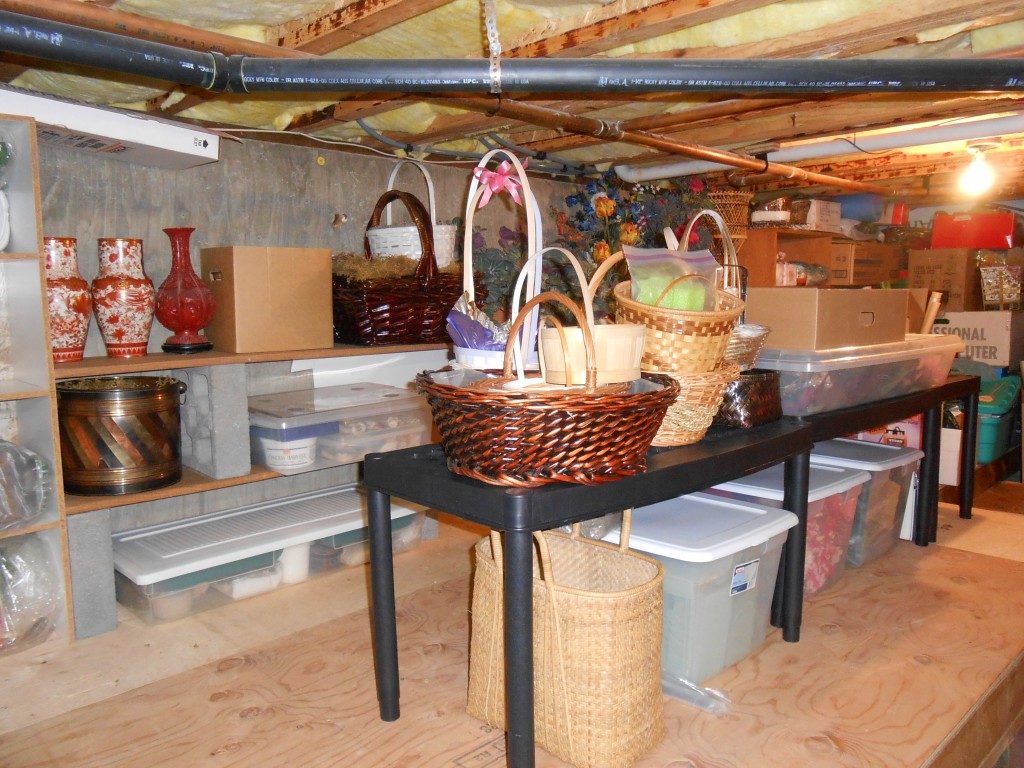
img source: wixstatic.com
After the crawl space is all sealed up with clean and durable materials, a homeowner can gain by having some extra storage space.
Control pests
Encapsulation can be quite effective in areas associated with high humidity and pest problems. Proper encapsulation can cut out factors that support the existence of pests; such as the availability of water, thereby preventing the recurrence of pests in the crawl space.
Adds Value to a home

img source: tomhoffmannairconditioning.com
Encapsulating a crawl space is a sure sign that the owners of a house take good care of it. When selling the house, this aspect may work in your favor.
Avoid structural damage
At the end of the day, crawl space encapsulation keeps humidity and pests out. Getting rid of these elements ensures that a home’s walls, its foundations, and flooring stay stable for longer.
Eliminate Bad Odors in a House

img source: wpengine.com
The crawlspace can pose a problem of bad odors in a house. It should be noted that damp and decaying foundations release gases which seep in through ventilators’ windows and doors, into a house. During the encapsulation process, crawl space professionals deep-clean the crawl space and analyze whether there are elements that need replacing. This way one can kick out perpetual bad odors in a house.
The major drawback of encapsulating is the cost factor. Similarly, one may need to have regular maintenance check-ups on the “capsule” and conduct crawl space repairs every once in a while. However, on the upside, encapsulation increases the value of a house and this aspect cannot be compared to the alternative of leaving nature to take its toll on the house’s foundation.




